A Novel is More than a Beginning and an End
Here are some novel facts:
- Most average novels run between 55,000-80,000 words.
- A “long novel” is considered to be a novel upwards of 80,000 words and stopping at about 100,000.
No matter how you hammer them on the page, that’s a lot of words.
When, for the first time ever, we come upon an amazing idea for a story or for a character that won’t leave us alone and we think to ourselves I want to write a novel, the second thought that often pops into our heads is, but how will I fill up all those pages?
It’s not that we can’t think of a wonderfully tragic beginning, or a dynamically thrilling ending, but it’s all that stuff in the middle that has the power to stop us in our keyboarding tracks. I like to think of this part of the writing process as the Maddening Middle. It’s the part where the story really should begin to pick up pace rather than slump off into a bunch of disjointed scenes or sagging events. It’s where characters stop being “characters” and are shaped into actual people whom readers begin to care and think about even when they’re not reading. What a great challenge to the writer, to create such lives!
What makes up the middle?
The middle is more than the hefty section of the book where this and that happens to simply fill up space. It is the section that weaves all the threads of plot and pace and people together. There, everything that happens has to have a reason. Even small events that seem singular at first, must eventually bind their way into the scheme of the big picture and push the plot toward the story’s conclusion. Here, the writer uses action to expose the motives of the villain, the passions of the heroine, the flaws of the hero. Here, the reader eavesdrops on dialogue meant to set their hearts quivering with anticipation or dread.
Writing the middles is definitely the hardest part, but it’s without doubt the most lively and emotional place to grow the story. In the middles, characters often begin making decisions without the writer’s help. They begin to move forward and create their own dilemmas, their own successes. They become their own personalities…if the writer allows it, and she should.
So if this is such a dynamic part of the process, why is it maddening? Why all this trouble with middles? Usually it’s because of pacing.
What is pacing, and how do we accomplish it?
Pacing is moving the story forward at the right speed so that the reader will keep turning the pages without getting bored or side-tracked. It’s the process of revealing secrets and actions in a way that makes a book hard or even impossible to put down. It’s letting each scene unfold to its fullest, and then stopping when it does. This means we can’t simply tell the reader what’s happening in a scene. We have to lead them along, allowing them to experience the emotion and the action.
Imagine a scene without words, and only actions. How do the actions convey the emotions and thoughts of the character? If you know, then you can draw the scene out to its fullest.
It’s easy to want to rush through scenes instead of letting them play out. Sometimes when we write, we visualize the story like a movie reel unwinding in our heads, and like watching any good movie, we can’t wait to get to the best parts. So, sometimes we rush through minor scenes in a hurry to get to the big turning point or the climax.
But if we take the time to milk out the small scenes, not only will the story become more fleshed out, and the characters better developed, but we may also find that we don’t have to hunt for more “stuff and fluff” to fill those pages. In fact, we may find out that we can easily exceed a reasonable word limit for our novels as the people we’ve created begin to live out their lives fully in those middle pages.
EXERCISES:
- Look closely at a scene you’ve written, and begin asking yourself a lot of “what-if” questions. Is this scene necessary? Does it move the story forward? What would happen if I wrote this scene from another character’s point of view? What if this action or conversation were to take place in a different location? Have I shown what the characters are feeling and thinking by their actions? In other words, have I milked the scene for all its emotional worth? For example: (nervousness/anxiety) He began rubbing his hands together as though he were working them over with an invisible paper towel. (Shyness/fear) She glanced at his waist, then over his shoulders; anywhere but into his eyes. (Anger/resolve) He planted his hands on his hips and hunched his shoulders forward as his lips tightened into a straight line.
- Try one of my favorite exercises, one that happens to be useful for lots of reasons, including that of getting the feel for pacing. Grab a book that is one of your favorites and find a scene that will live in your memory forever. The scene should be at least two pages long. Usually an action scene is a good choice, or a scene where something is at stake and the emotions are high. Now copy the scene. In longhand. Word for word. Copy it out so that it feels like its coming from you. Let the words sink into you as you write them. Pay attention to what’s happening and how. Notice the senses used to help the reader feel what the author is trying to convey. Do this from time to time, as often as you can. It will help you learn how a good, fleshy scene is developed.
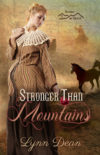
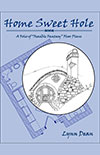

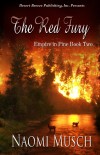
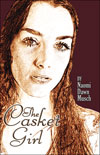
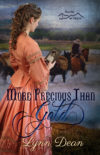
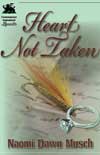

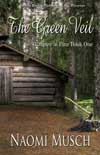

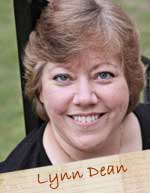


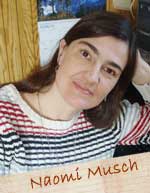


Speak Your Mind
You must be logged in to post a comment.